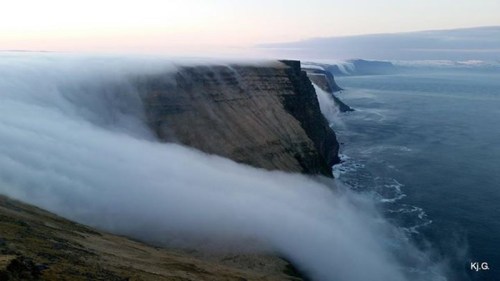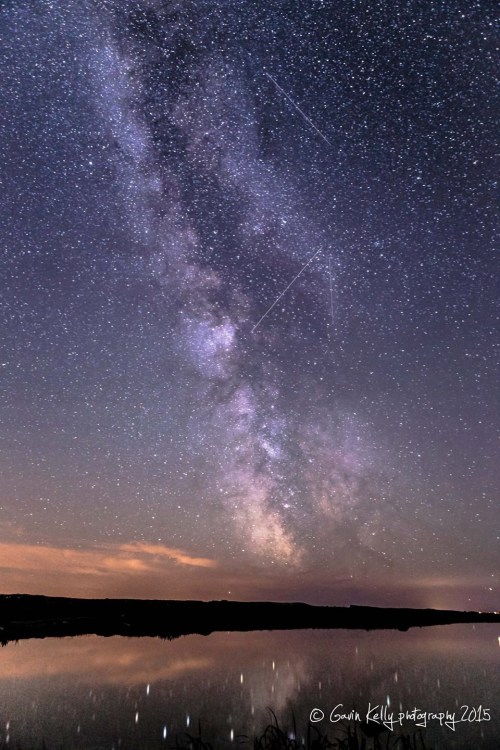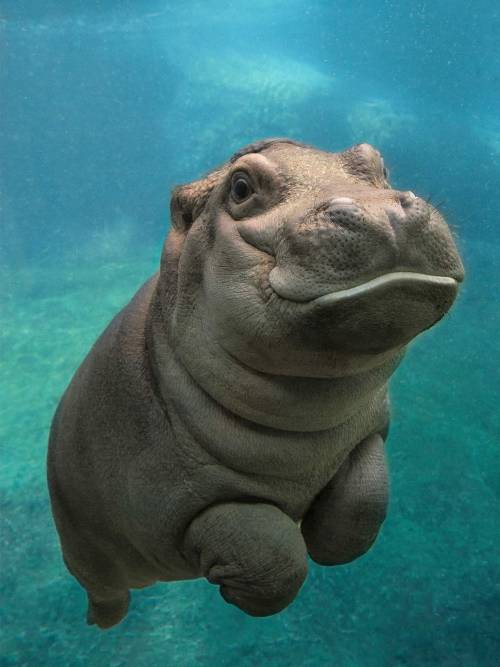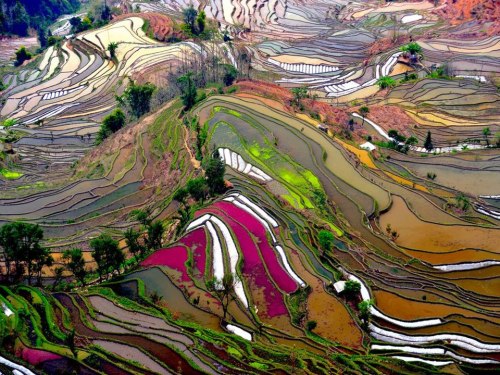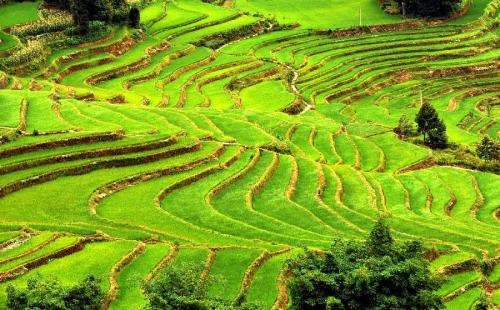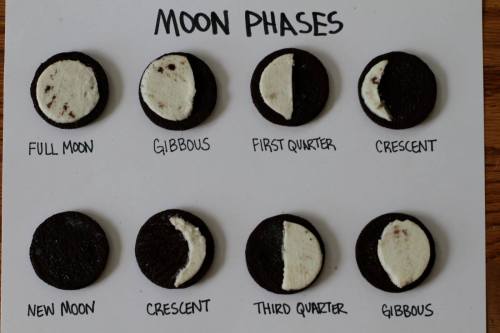#wonderful world
DRAGON AGE™: INQUISITION Gameplay Launch Trailer – A Wonderful World
You lucky bitches/bastards, the moment I will get the game in Poland you will be finishing it! ;) *sigh*
This is Mount Roraima in the Pacaraima Mountains. It lies on the border of three Countries; Venezuela, Brazil and Guyana. It is part of Venezuela’s Canaima National Park which is also home to the beautiful Angel Falls and is a UNESCO World Heritage Site.
Mount Roraima’s flat surface is surrounded by 400 metre high sheer cliff faces andits highest point is is Maverick Rock at 2,810 meters.
Im many photos and satellite imagery, Mount Roraima is surrounded or engulfed by clouds. This is because the area is surrounded by thick rainforest. Tropical heat causes the moisture from the rainforest to rise and condense over and around the mountain as heavy clouds. As a result, Mount Roraima is almost always in clouds and it rains nearly every day.
For more photos see: http://beautifulplacestovisit.com/mountains/mount-roraima-venezuela/
Photo courtesy of: Uwe George, National Geographic Society
Don’t forget to like us on facebook: https://www.facebook.com/pages/Wonderful-World/474922689347544?fref=photo
Post link
An Underwater Waterfall?
The Island of Mauritius in the Indian Ocean hosts a truly remarkable sight. Just off the coast there appears to be an underwater waterfall. This phenomenon is most prominent when looked at from an aerial view, as in this image.Now, fluid dynamics can produce some wondrous effects, but, is cold dense water responsible for this phenomenon?Nope, but there’s still a cool explanation which delves into the topography of the sea floor.Mauritius is located at the southern edge of the Mascarene Plateau, a prominent shelf which can be seen in this image. The depth of the water above the shelf ranges from around 8-150 metres. However, where that shelf ends, there is a massive plunge into the Ocean depths. How massive? We’re talking from going from 150 metres to many thousands of metres.What you’re witnessing, that looks like an underwater waterfall, is actually sand from the shores of Mauritius being driven via ocean currents off of that high, coastal shelf, and down into the darker ocean depths off the southern tip of the island.
Follow us on Facebook: https://www.facebook.com/pages/Wonderful-World/474922689347544?fref=photo
Post link
This fog waterfall in Iceland is pretty spectacular, but unfortunately not something you can go view at any time. A hiker was fortunate enough to capture images of this natural phenomena where cold fog came into contact with warmer air causing it to cascade down to sea level. The fog not only looked like an enormous waterfall, but thanks to the roar of the wind sounded like one too.
Post link
Perseid meteor shower passing in front of the Milky Way as seen from the Aran Islands in Galway, Ireland.
Post link
Baby Hippo!
Some facts:
Female Hippos have a gestation period of eight months and have only one baby at a time. At birth, the baby, called a calf, is a whopping 50 to 110 lbs. (23 to 50 kg). For 18 months, the baby nurses while its mother is on land, or it swims underwater to suckle. When it dives, the calf closes its nose and ears to block out water. All hippos have this ability. They also have membranes that cover and protect their eyes while they are underwater. At 5 to 7 years old, the hippo calf is fully mature; the median life expectancy of a hippo is 36 years.Post link
These photos are of rice terraces in Yuanyang, about 300km south of Kumming in the province of Yunnan in China.
The rice terraces here were crafted using bare hands by the Hani people over 1000 years and the methods are still in use today. The rice farmers have had to adapt to concepts in ecology and land preservation far before these concepts were fundamentally utilised around the world. Without a lot of hard work, local knowledge and expertise the vital topsoil would be washed away.
Yuanyang rice terrace is a nice example of both a sustainable ecosystem and symbiosis with nature. During winter and early spring the terraces are irrigated using spring water from the rainforest. The water then evaporates from the terraces and forms clouds. The rain is collected by forests on the mountains causing the spring water to flow once again and the cycle is continued.
The landscape changes wonderfully throughout the year, in the winter months the paddies flood to create reflective pools, in summer the paddies are alive with colour with growing rice stalks and after harvest in October/Novemeber each year the site becomes just bare earth.
A photographers dream.
Post link
As children, it is difficult to appreciate Earth because, well, we are on it! Instead, kids seem to fixate on things in relation to the Earth, like our Moon.
While we all are probably guilty of saying the Moon is made of cheese and that it’s smiling at us on certain nights, or even likening it to the Cheshire cat, at some point, it’s nice to fill our little ones in on what exactly the Moon is and more importantly, why it changes shape.
But, we don’t want to overload them either! So, make it fun!
This simplified explanation of the phases of the Moon is done with Oreo cookies and is a great way to enrich young minds.
First off, we have the full Moon (a firm favourite!). This occurs when the Earth, Moon and Sun are in alignment (approx.). Full Moons occur because the entirety of the bright side of the moon is facing us. After the full Moon, moonlight continually decreases.
Next up is called the gibbous phase, this is simply when the Moon is more than half illuminated.The first quarter follows and this happens when the Moon is at a 90 degree angle with respect to the Earth and Sun. So we are seeing exactly half of the Moon illuminated and half in shadow.
The last stop them before a new Moon is the crescent moon; when the moon is less than half illuminated.
The new moon is similar to a full Moon, except this time the entirety of the dark side of the Moon is facing us. After this phase, we simply reverse the order, going to crescent, third quarter, gibbous and back to full Moon!
Simple!
If your little ones are like my one, you can finish the tale off with a total lunar eclipse (this is often accompanied by the sound “nom nom nom”
Post link








